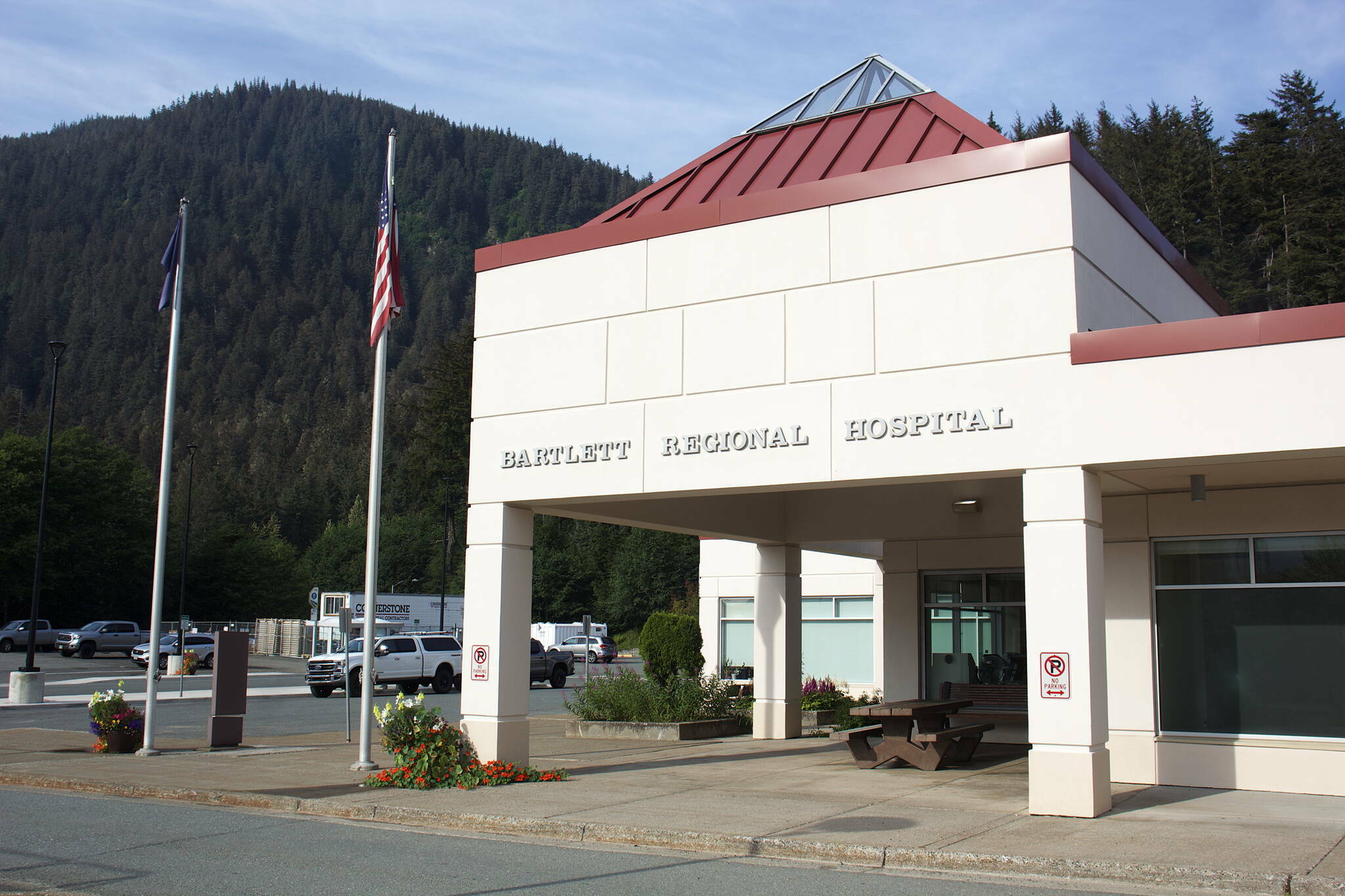Bartlett Regional Hospital has been providing medical services to Juneau since 1886, first by the Sisters of St. Ann until 1965, when the hospital’s operations were turned over to the City and Borough of Juneau (CBJ) and a new facility was built at the hospital’s present location on Hospital Drive. Juneau has been blessed to have a medical community, including doctors, nurses, pharmacists, counselors, and other healthcare professionals who have provided clinical care to our families, friends, and neighbors during the past 138 years.
The practice of medicine has changed significantly over those years. The Medicare and Medicaid program was passed in 1965 with coverage starting in 1966. Modern-day diagnostic imaging, such as CT scanners and MRIs, was not invented until 1971, and not widely available for the next decade. The digital age arrived at Bartlett in 1998 with the introduction of the first Electronic Medical Record. New pharmaceuticals, therapies and services are being developed every year. Our community benefits significantly from these improvements in care, mostly through improved lifespan and increased functionality.
Through all these times, Bartlett has changed and adapted to ensure the services we provide continue to meet the needs of our community and the greater Southeast region. Those actions continue today as we navigate new challenges. Juneau faces continuing demographic changes, which impact many organizations including Bartlett. In addition, there are more choices for healthcare within and outside of our community, and state and federal funding of healthcare programs can be insufficient to meet the community’s needs.
Bartlett is a governmental entity and considered an enterprise fund of CBJ. Implicit in this designation is the policy and practice that enterprise funds should be self-sustaining. The hospital’s mission is to provide the community with quality, patient-centered care in a sustainable manner — our mission defines our purpose. Margin provides the resources necessary to carry out our mission. But how much margin is needed and does the pursuit of margin diminish the mission? The “mission versus margin” question brings us to discussing sustainability.
When determining how much margin is necessary to be sustainable, the “Rule of Thumb” has been a minimum of 3% to 5%. That means — for every $1 of net revenue generated — you need to have $.03 to $.05 cents left over after expenses. FY2023 hospital net revenues were $119.2 million. Using the “Rule of Thumb” — $.03 cents on the dollar would be approximately $3.6 million. Out of context that amount seems excessive. However, Bartlett spends approximately $310,000 per day. That would only last the hospital about one and a half weeks if used for operations. In this context, $.03 is a little low.
Ultimately, sustainable operations are the most important source of cash flow.
As members of the community, I want you to be aware that important discussions will be occurring over the next few months as the hospital board, senior leaders, and CBJ leadership review the hospital’s FY2025 budget proposal. These discussions will highlight the hospital’s historical and current financial realities alongside core operations, and notable additions in ancillary and public healthcare services provided to the community in recent years.
Obtaining and maintaining financial sustainability is vital for the hospital to meet its mission and provide the necessary resources to deliver quality care to the community. Without sustainability, Bartlett and its core medical services are at risk. It should not go without saying that the hospital’s financial realities do not reflect our employees’ tireless devotion to providing quality patient care.
Hospital leadership will present our budget to the Assembly Finance Committee on April 6. My goal is that Bartlett’s margin is sufficient to enable the hospital to be more sustainable than it is currently. To achieve this tough decisions will need to be made, with the support of CBJ leaders and the hospital’s board and medical leadership, regarding healthcare services delivered by the hospital that are not financially viable to ensure Bartlett remains independent and achieves long-term sustainability. The Juneau and greater Southeast Alaska community, I believe, value a community hospital and want Bartlett to succeed and be healthy.
• Ian Worden has been the chief executive officer at Bartlett Regional Hospital since September of 2023. He has served more than 25 years in executive-level healthcare positions, most recently as the chief operating officer of Virginia Mason Franciscan Health in Seattle.

